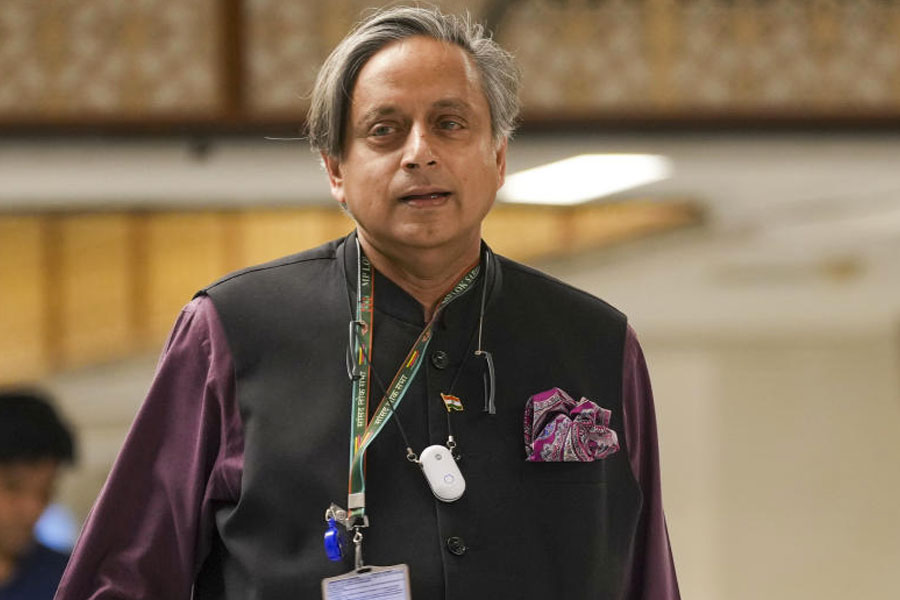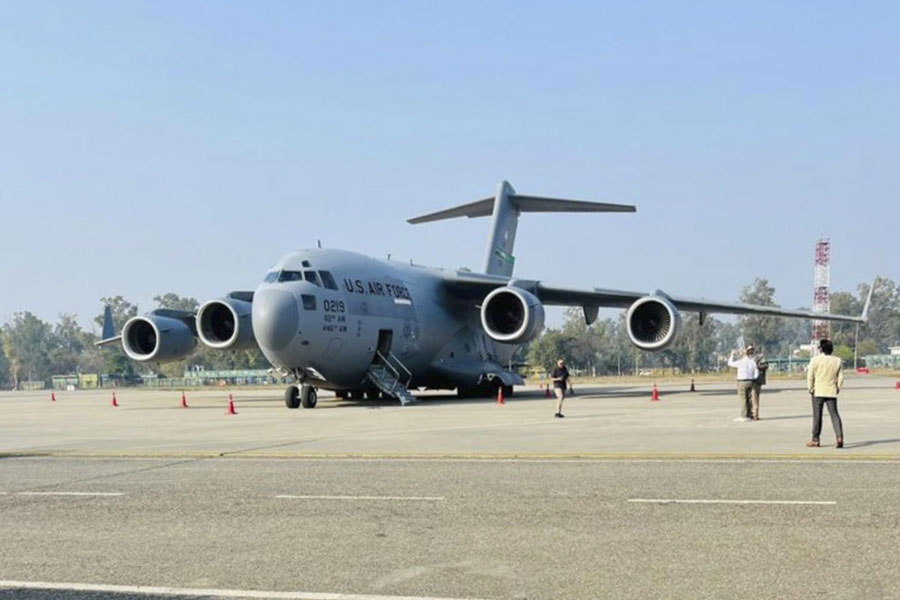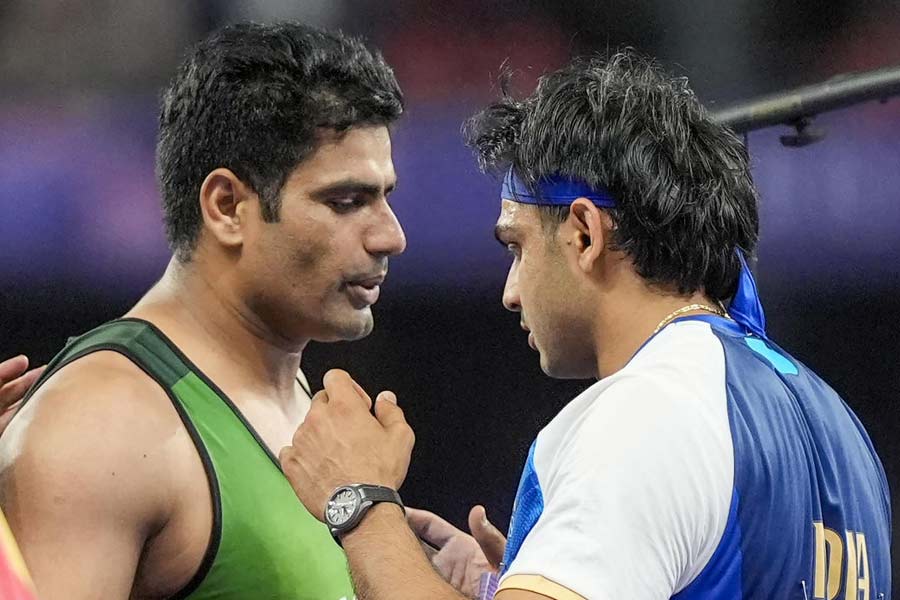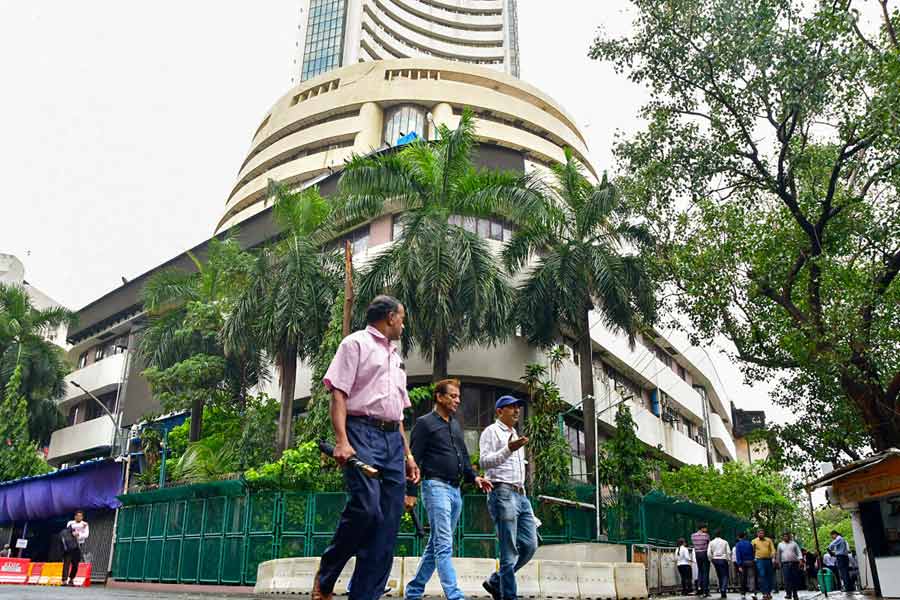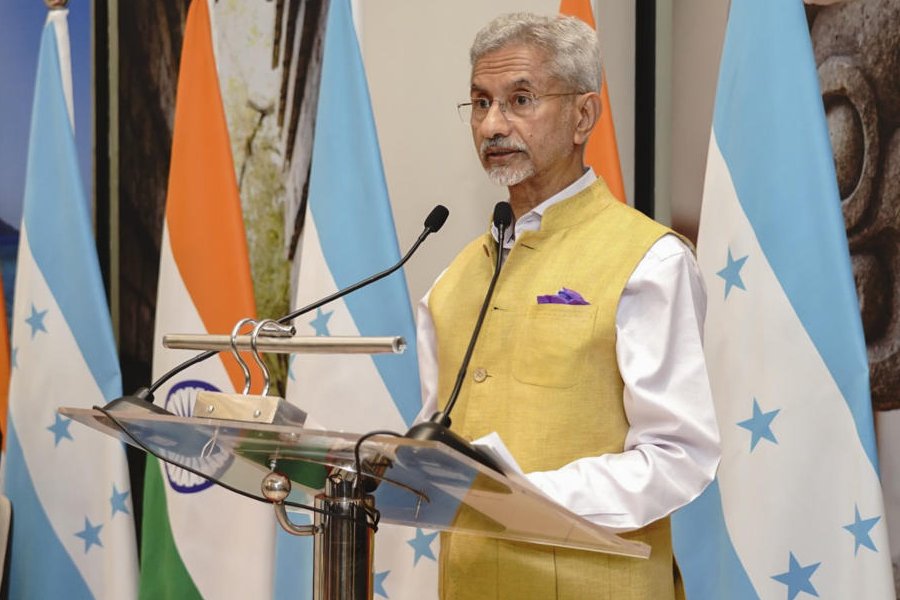.jpg) |
| Dunna Keshav Rao alias Azad |
Bhubaneswar / Berhampur, May 27: Admitting his involvement in the killing of Viswa Hindu Parishad (VHP) leader, Swami Laxmanananda Saraswati, dreaded Maoist leader, Dunna Keshav Rao alias Azad today said that the decision to eliminate the Hindu stalwart by taken by the top leadership of the CPI(Maoist).
Azad, who is spending time with his family at Nallabodduluru village in Srikakulam district following his surrender in Hyderabad on May 18, is one of the seven Maoists chargesheeted in the murder of Saraswati and four of his followers at Jalaspeta ashram in the Kandhamal district of Orissa in August 2008. The murder had triggered widespread communal riots in Kandhamal and its adjoining areas.
“The decision to kill Swami Laxmanananda Saraswati was taken at a higher level. We only executed it,” revealed Azad, who is also wanted by the Orissa police in connection with Nayagarh attack in 2008 and the raid on R. Udaygiri town in 2006. The Maoist attack on Nayagarh, the most audacious in the history of the state, had left 10 policemen dead.
Azad, who gave himself up in Hyderabad a week after narrowly escaping arrest in Bhubaneswar, said family conditions had forced him to surrender. “The health condition of my mother Kamulamma (65) has deteriorated and my sister is unable to look after her. I had no other option but to surrender,” he explained.
The rebel, whose custody the state Crime Branch is trying to seek for thorough interrogation, offered his apologies to the families of those killed in the ambulance blast last November in Kandhamal district where the Maoists had stepped up their activities under his leadership. The ambulance, which was carrying five persons, including a pregnant woman, was blown up by the rebels by mistake as they took it for a police vehicle.
Azad, who joined the Maoist movement at the young age of 15, rose quickly through the ranks and was made the secretary of Basadhara Division of CPI(Maoist) in May 2004.
“But it was a tough life with me and my family always being stalked by the police. So I decided to lay down arms,” he said adding that though the Crime Branch had sought his custody from Andhra Pradesh police, he had been permitted to visit his native village to see his ailing mother.
However, though Azad claimed that his visit to his mother also had the approval of Orissa police, senior officers refused to confirm this. In fact, one of them said that getting the custody of the rebel leader was turning out to be a difficult task as he had not been shown as arrested by the Andhra Pradesh police.
“All that we have been given to know is that he surrendered there. Unless he is formally arrested how can we get his custody from the court,” said the official.
Highly placed sources said Azad’s surrender took place at a time when the special operations group, a crack force raised by the state government to boost its anti-Maoist operations, was closing in on the rebel.
Azad had come to Bhubaneswar for the treatment of his close aide Runita Badmajhi alias Pramila, who had developed health problems during her stay in the jungles. While Runita was nabbed during a raid at the Ekamra slum early this month, Azad gave cops the slip.
In fact, the escape of Azad from Bhubaneswar and his subsequent surrender in Hyderabad still remains a mystery with allegations flying thick and fast that sympathetic elements within the Andhra Pradesh government had played a part in bailing out the rebel who had Orissa police hot on his trail. “The whole things appears to have been well planned. He could not have asked for a better deal,” said an official.
The surrender of Azad had spurred security forces to raid Maoist dens in southern and western Orissa for two top ranking rebel leaders — Ramakrishna and Daya.
While Ramakrishna is the top man who heads the Orissa-Andhra special zonal committee of the Maoists, Daya is the secretary of their Koraput-Srikakulam committee. They operate both in Orissa and Andhra Pradesh. In terms of hierarchy, Azad, who headed the Vansdhara division of the Maoists, was a much smaller leader compared to Ramakrishna and Daya.


